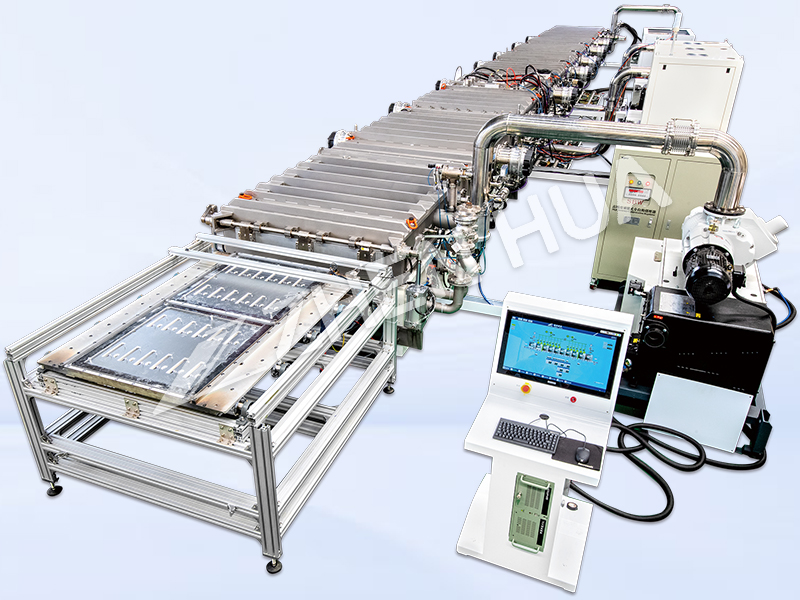Indium tin oxide (Indium Tin Oxide, referred to as ITO) is a wide band gap, heavily doped n-type semiconductor materials, with high visible light transmittance and low resistivity characteristics, and thus widely used in solar cells, flat panel displays, electrochromic windows, inorganic and organic thin-film electroluminescence, laser diodes and ultraviolet detectors and other photovoltaic devices, etc. There are many methods of preparation of ITO films, including pulsed laser deposition, sputtering, chemical vapor deposition, spray thermal decomposition, sol-gel, evaporation, etc. Among the evaporation method, the most commonly used is electron beam evaporation.
There are many ways to prepare ITO film, including pulsed laser deposition, sputtering, chemical vapor deposition, spray pyrolysis, sol-gel, evaporation and so on, of which the most commonly used evaporation method is electron beam evaporation. Evaporation preparation of ITO films usually have two ways: one is the use of high-purity In, Sn alloy as the source material, in the oxygen atmosphere for the reaction evaporation; the second is the use of high-purity In2O3:, SnO2 mixture as the source material for direct evaporation. In order to make the film with high transmittance and low resistivity, generally require a higher substrate temperature or the need for subsequent annealing of the film. H.R. Fallah et al. used the electron beam evaporation method at low temperatures to deposit ITO thin films, to study the effect of the deposition rate, annealing temperature and other process parameters on the structure of the film, electrical and optical properties. They pointed out that lowering the deposition rate could increase the transmittance and decrease the resistivity of the low-temperature-grown films. The transmittance of visible light is more than 92%, and the resistivity is 7X10-4Ωcm. they annealed the ITO films grown at room temperature at 350~550℃, and found that the higher the annealing temperature is, the better the crystalline property of ITO films. the visible light transmittance of the films after annealing at 550℃ is 93%, and the grain size is about 37nm. the plasma-assisted method can also reduce the substrate temperature during film formation, which is the most important factor in the formation of the film, and the crystallinity is also the most important. The plasma-assisted method can also reduce the substrate temperature during film formation, and the ITO film obtained from the deposition has good performance. the resistivity of the ITO film prepared by S. Laux et al. is very low, 5*10-”Ωcm, and the absorption of light at 550nm is less than 5%, and the resistivity of the film and the optical bandwidth are also changed by changing the oxygen pressure during the deposition.
–This article is released by vacuum coating machine manufacturer Guangdong Zhenhua
Post time: Mar-23-2024


